
Most wolf packs roam in small families. But every so often, nature defies its own rules. In two vastly different corners of the world, some wolves shattered expectations. This is the story of the only two wolf formations in history that earned titles no others have: one as the largest wolf gathering ever recorded and the other as North America’s biggest pack ever studied.
It Happened In Verkhoyansk

During the brutal winter of 2010, Russia’s frozen northeast whispered of something ancient and wild. The villagers of Verkhoyansk, cloaked in darkness and -50°C winds, began losing their pets and cattle. What they feared wasn’t a myth. It was a rare wolf activity.
Wolves Hunt Every Other Prey
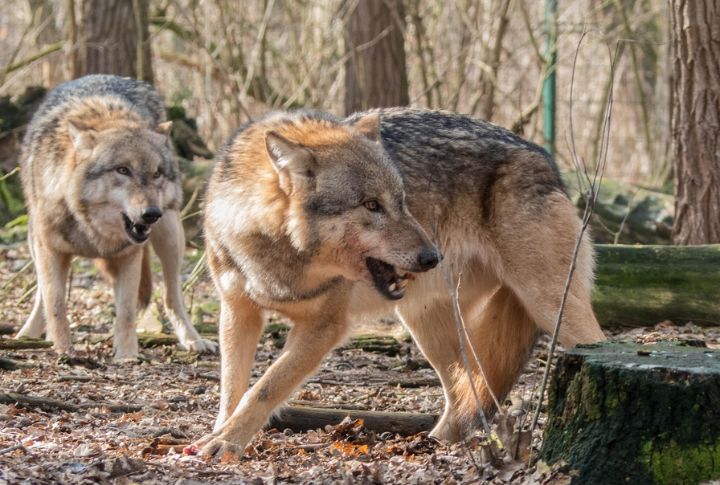
When over 30 horses were slaughtered in four days, families barricaded their homes, and schools were shut down. Local authorities, overwhelmed, deployed armed patrols to defend the 1,300 residents. However, the wolves acted more like an army than a mix of different packs.
Villagers Identify A Super Pack

Hunters counted the unthinkable: over 400 wolves were roaming together. Guinness World Records also confirms it as “the largest wolf pack ever recorded.” However, it was not a single pack; there were multiple packs that came together that winter.
Why It Shocked Everyone

This phenomenon defied biology. Wolves rarely form groups larger than 15. Experts believe the only reasons that made them stay close to each other were starvation and shifting migration patterns. It temporarily suspended their territorial instinct.
A Thousand Miles Away, A Different Pack Rose
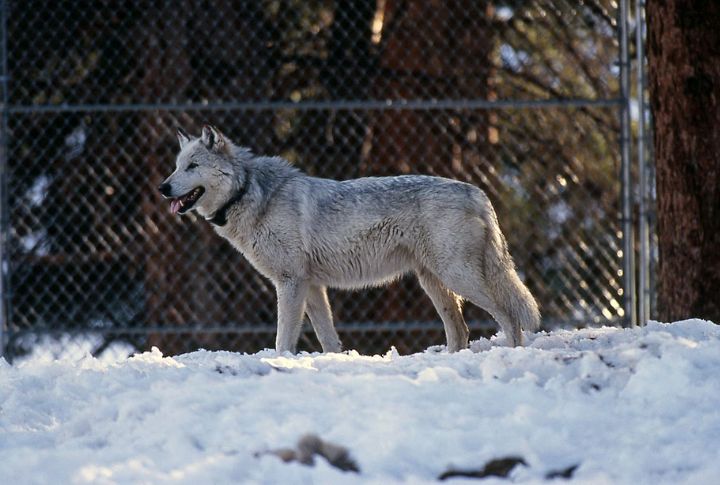
Half a world away, Yellowstone National Park was home to another record—one of structure, not chaos. In the early 2000s, the Druid Peak Pack became the “largest confirmed stable wolf pack in North America,” swelling to 37 members.
The Reign of the Druids
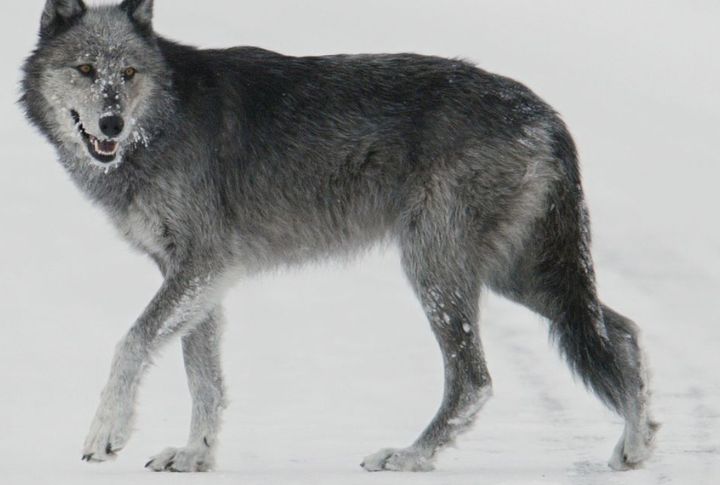
Ruling the Lamar Valley with precision, the Druids operated like royalty. With multiple breeding females, several subgroups, and abundant elk to feed on, they turned science’s assumptions on pack limits upside down. Tourists and researchers, everyone flocked to witness their reign.
Their Strength Was In Stability
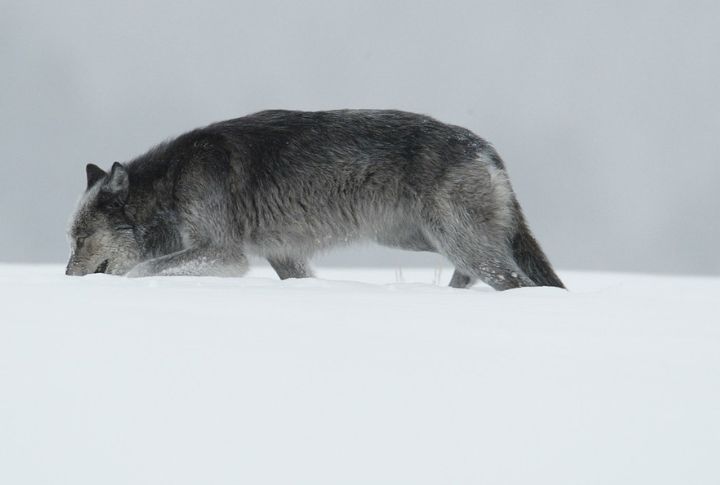
Unlike Russia’s rogue horde, the Druid pack maintained hierarchy, loyalty, and careful coordination. They patrolled vast territories with discipline. Researchers documented complex relationships, cooperative parenting, and even “wolf diplomacy” between families, which is an uncommon behavior in smaller packs.
When The Packs Fell
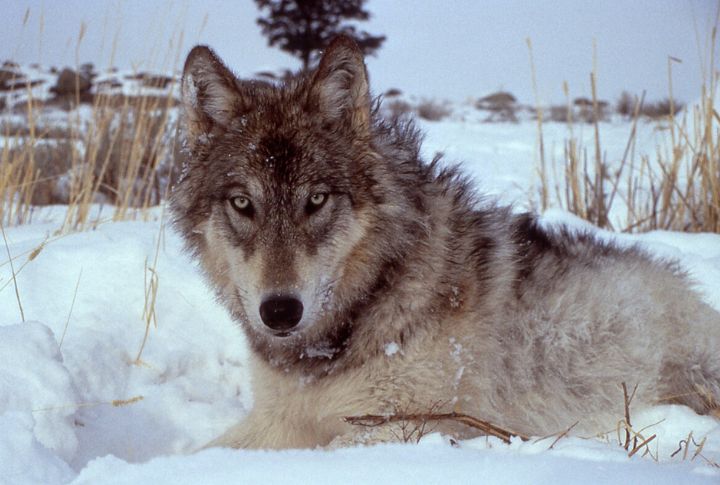
Time, as always, broke them both. In Russia, the super pack vanished as food returned and hunting efforts intensified. In Yellowstone, inter-pack rivalries, disease, and natural attrition reduced the Druid legacy to memory by 2010. Their peaks, while brief, were unforgettable.
What These Events Finally Tell Us About Wolves
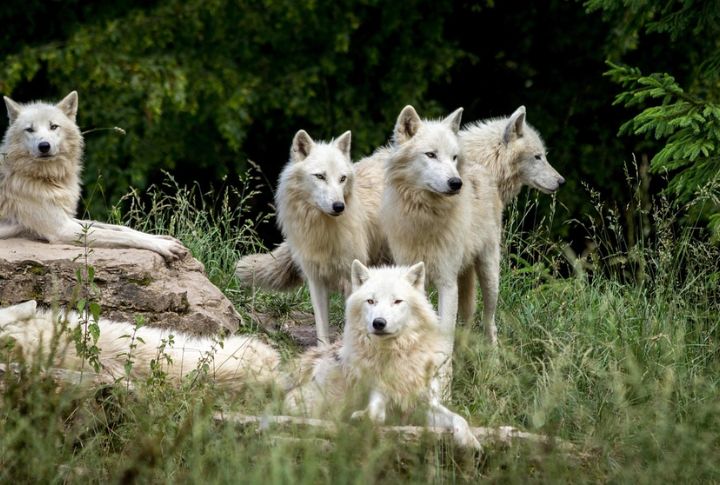
These two stories reveal one truth about wolves: they are tough, adaptable, intelligent, and unpredictable. The behavior of both groups reflects how the wolves dealt with the environment around them and the lineage within.
The Sightings Fueled Global Policy And Public Fascination
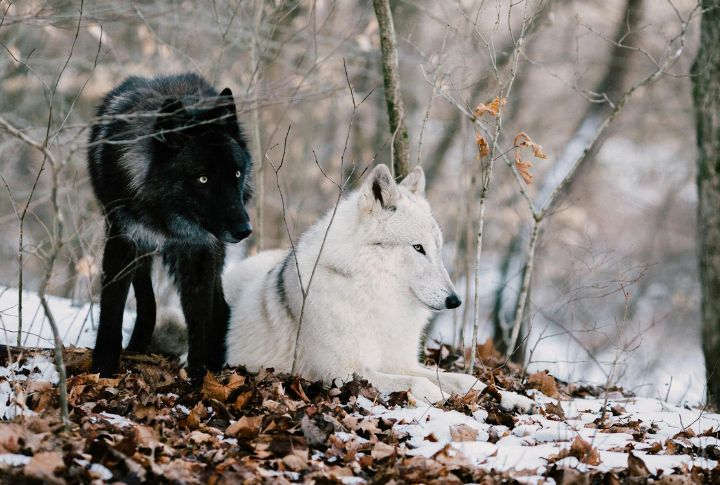
The wolves sparked increased global attention on human-wildlife conflict and animal conservation policy. Russia’s super pack prompted regional hunting reforms and emergency wildlife control strategies. In contrast, Yellowstone’s wolves became ambassadors for rewilding efforts, influencing predator reintroduction programs worldwide.

